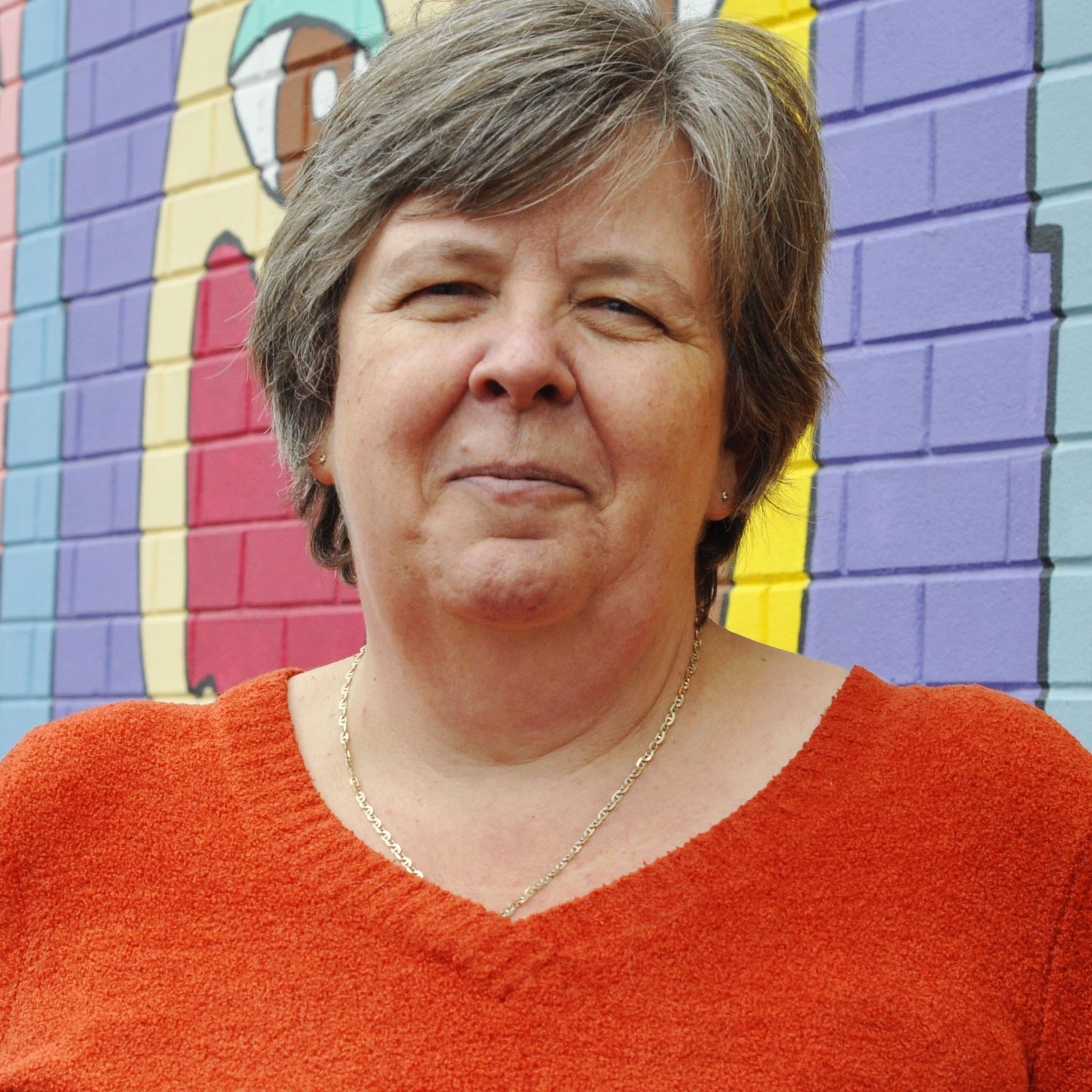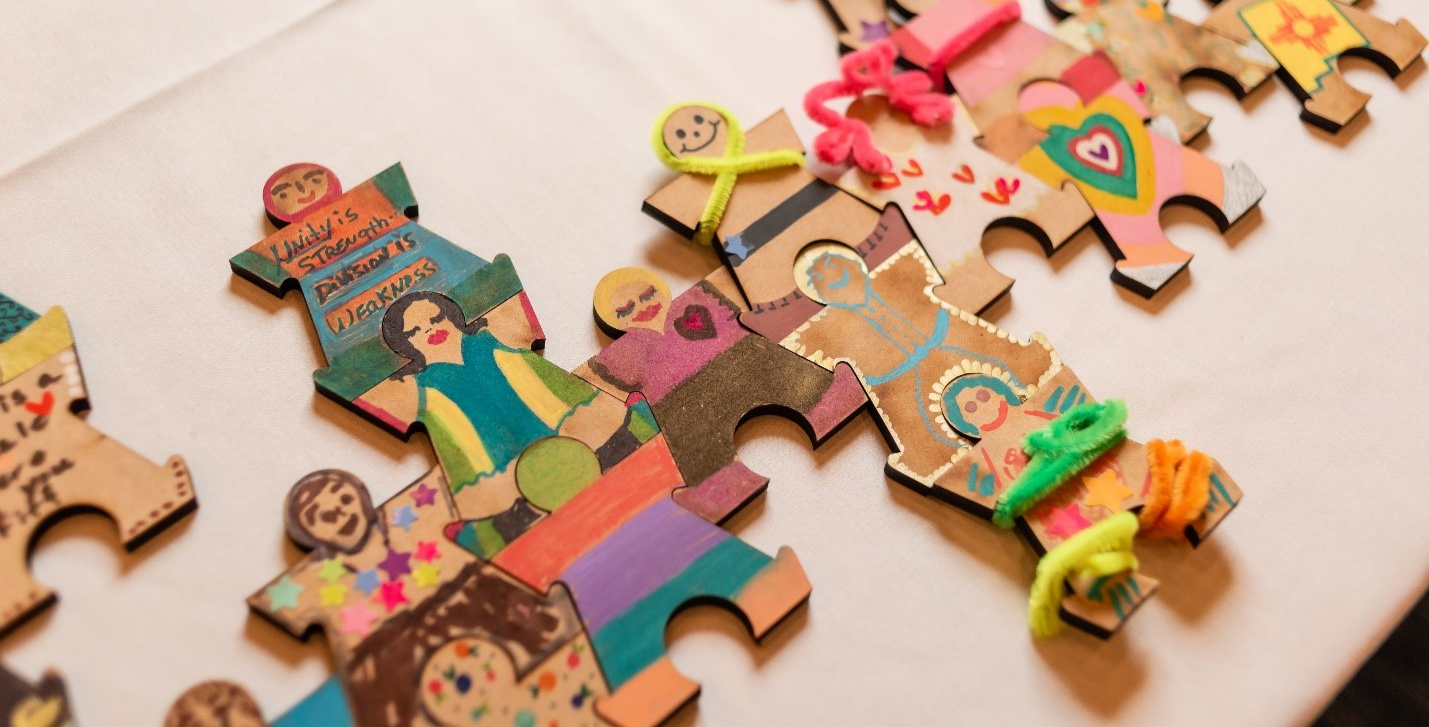One of the key conditions of collective impact is continuous communications. In Collective Impact 3.0, Mark Cabaj and I reframed this condition to include authentic community engagement. We all know about the importance of continous communications but how well and how often do we practice this condition?
Tamarack is a remote organization, which means that all of our staff either work from the central office or from their remote offices. We are a diverse team with many different areas of focus and responsibilities. We also work with community change leaders from across Canada, the US and internationally. Continuous communications and authentic engagement is at the heart of what we do and yet, we also need to up the game of our practice.
One tool that is useful for communicating across diverse teams is a Journey Map. Over the last couple of years, Tamarack has been presenting the journey map as a tool that is integral to both articulating and planning your journey. It is quite simple and can be built by diverse teams working on a common agenda.
To build a journey map, the team first looks backwards to harvest all their past successes or points of impact. Then the team looks forward to identify the key points in the journey over the next six or twelve months. Once this data has been documented, the team is asked to visually draw there journey map in a way that communicates their key strategies and steps.
At Tamarack, we are using the Journey Map to articulate our path forward for 2017.
Perhaps one of the most critical steps in the journey map process is not the articulation, but rather living the journey and returning to the map regularly. Were your assumptions correct? How did the path move or shift? What lessons are you learning?
If you have developed a journey map for your work, please share your thoughts about the process and the impact of this on your collective impact effort or on your collaborative team.





